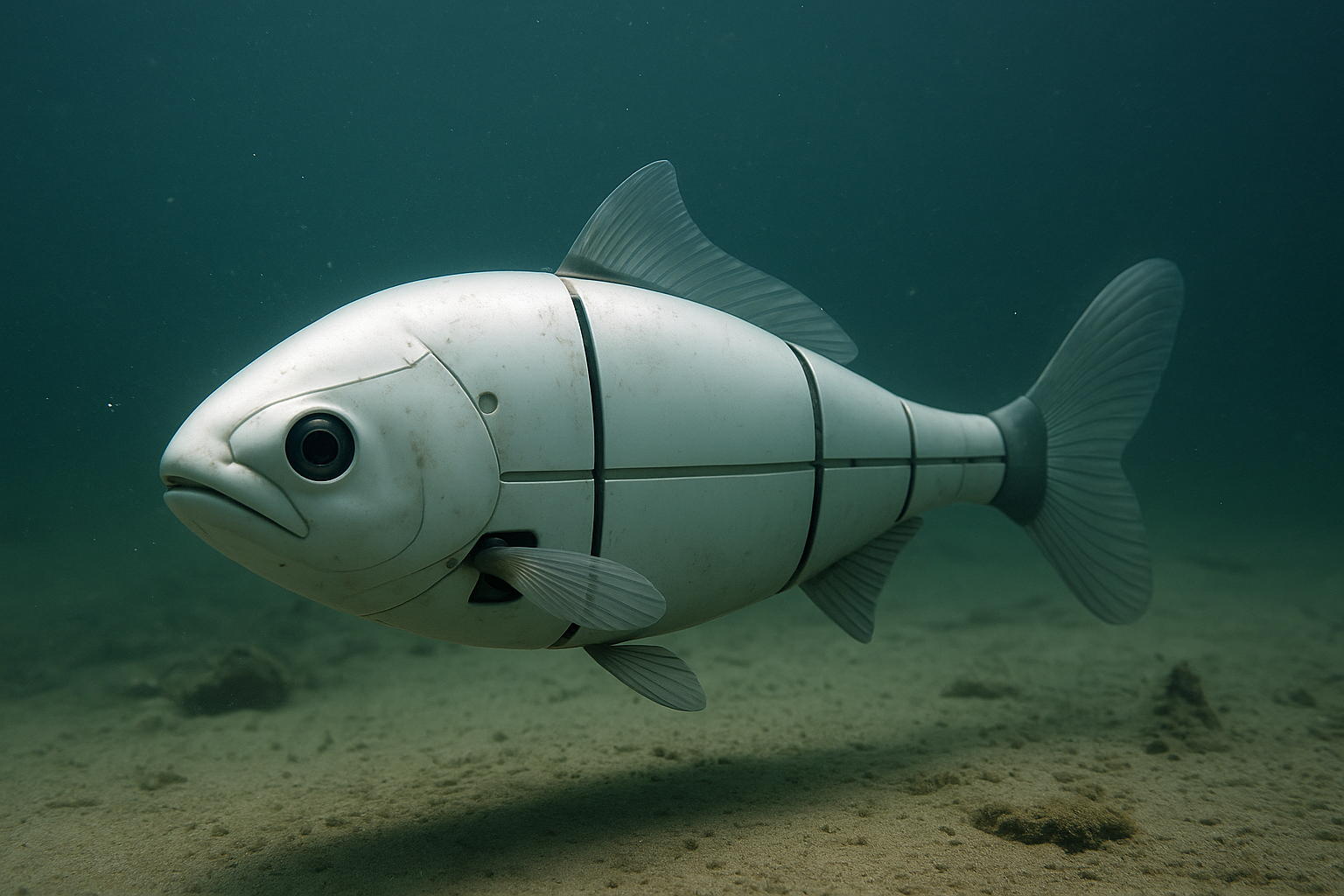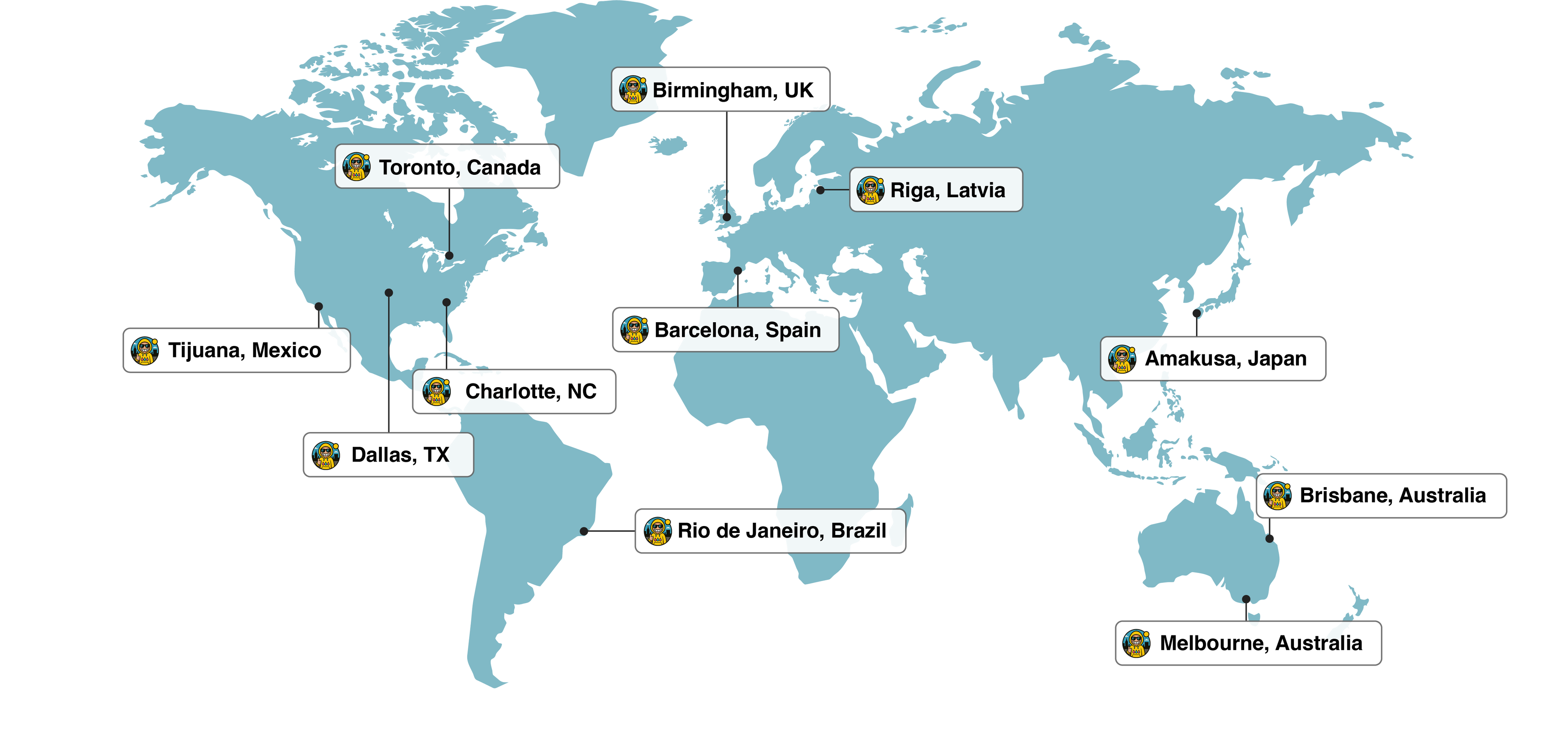Abstract
Bio-inspired robotics (also known as biomimetic robotics) is revolutionizing how robots move and adapt to their environments. Drawing from millions of years of animal evolution, this discipline delivers innovative solutions in energy-efficient locomotion, soft robotics, sustainable robotics design, and energy autonomy. This article explores the latest advances in animal-inspired robots, highlighting the impact of nature-driven engineering on next-generation robotic systems.
1. Introduction
Recent advancements in bio-inspired robotics have transformed the development of robots capable of sophisticated movement and environmental interaction. By leveraging biomimicry in robotics, engineers design machines that mimic insects, birds, and fish—addressing many limitations of traditional wheeled robots. These innovations enable robots to move efficiently across diverse terrains and contribute to the progress of soft robotics, sustainable robotics design, and energy autonomy.
2. Evolution as Engineering Blueprint
Evolution offers robust, time-tested solutions for movement in air, water, and on land. For example, bird wings provide models for quiet, energy-efficient flight, while the undulating fins of fish inspire robots that swim with minimal energy loss. Bird-inspired drones with articulated, flapping wings and fish-inspired underwater robots with compliant, flexible fins exemplify how biorobotics innovations and bio-inspired actuators (e.g., artificial muscles, soft actuators) drive agile and efficient locomotion in robotics.
3. Soft Robotics: Adaptability and Energy Efficiency
Soft robotics is a major direction in biomimicry in robotics, drawing from octopuses, geckos, and worms to engineer compliant and deformable robots. These machines interact safely with complex or fragile environments and often feature bio-inspired sensors—such as electronic skin and nature-inspired vision. Notably, fish-inspired robots with undulating fins outperform conventional propeller-driven vehicles in energy efficiency and maneuverability.
4. Swarm Robotics and Distributed Energy
Many animals solve challenges through collective intelligence. Swarm robotics applies principles of swarm intelligence and decentralized control to groups of simple robots, enabling robust, scalable performance for complex tasks. Innovations in distributed power, robotic energy harvesting techniques (including solar-powered robots, wind-powered robots, and wireless charging robots) are essential for achieving energy autonomy in these collectives.
5. Energy Autonomy and Sustainable Robotics Design
Long-term robot operation requires energy autonomy and sustainable energy strategies. Modern approaches integrate renewable energy robotics (solar and wind energy), advanced robotics battery technology, distributed energy architecture, and advanced robot power management systems. Some platforms, such as the EcoBot, even utilize microbial fuel cells to harvest energy from organic matter, resulting in self-sustaining, eco-friendly robots suitable for autonomous environmental monitoring and exploration.
6. Low-Power AI and Bio-Inspired Perception
Energetically autonomous robots benefit from low-power AI technologies, including neuromorphic processors and event-driven sensors inspired by animal nervous systems. Combined with bio-inspired sensors (such as electronic skin and compound eyes) and bio-inspired actuators, these approaches deliver adaptive, energy-efficient behaviors and advanced perception.
7. Conclusion
Bio-inspired and biomimetic strategies are driving the next wave of robotics, combining nature’s lessons with the latest engineering advances. The integration of animal-inspired locomotion, energy harvesting, and soft robotics promises a future where robots are more autonomous, sustainable, and capable of thriving in diverse, real-world environments.


